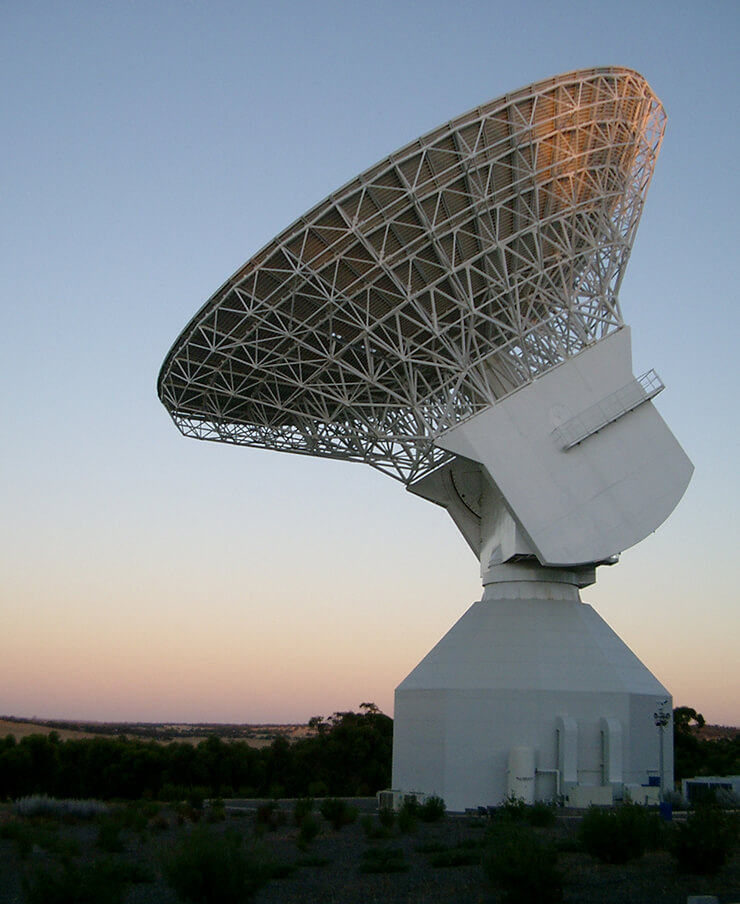ESA makes history with first landing on comet
Corporate
The first landing on the surface of a comet is an historic milestone in a mission that has already lasted over 10 years for scientists and engineers from the European Space Agency (ESA) and Inmarsat.
A robot lander, Philae, touched down on Comet 67P/Churyumov-Gerasimenko yesterday after a 6.4 billion-kilometre journey on board the space probe Rosetta.
It then transmitted the all-important landing confirmation signals which took 28 minutes to cover a distance of over 500 million km to Earth. They were received by ESA’s 35-metre Deep Space Antenna 1 (DSA 1) satellite ground station in New Norcia, near Perth, Western Australia, and relayed to the Rosetta mission control centre in Darmstadt, Germany, where they were met with hugs and cheers.
Anxious wait
Following an anxious wait when it became clear the harpoons designed to anchor Philae to the surface had not fired, causing the washing machine-sized probe to bounce off and touch down three times, ESA confirmed today that it had landed and was sending images of the comet.
Inmarsat’s Perth-based team was involved in the development and building of the New Norcia ground station, and now operate, facility manage and maintain it. They have been providing this highly-skilled exclusive service to ESA under a long-term contract since the station was implemented in 2002.
The team was involved in the Rosetta spacecraft launch on an Ariane 5 rocket from Kouro in French Guiana in March 2004, and have been handling communications, tracking and data download throughout its circuitous 10-year trek across the Solar System to reach its target – a 4km-wide ball of rock, dust and ice.
Critical role
“We are extremely proud of contributing to the success of the Rosetta mission. Our team in Perth has been doing a sterling job of operating the New Norcia station for ESA for 12 years and it is a tribute to our staff that we are able to support critical activities such as these for ESA,” said Ruy Pinto, Inmarsat Group Chief Operations Officer.
Comets are thought to hold vital clues about the materials that went into building the Solar System more than 4.5 billion years ago.
ESA’s Rosetta mission has been designed to achieve important scientific goals by making investigations actually on and around a comet – the first time this has been attempted.
Sophisticated analysis
Philae will provide information on the chemical and physical properties of a selected area of comet surface, while Rosetta ‘chases’ 67P performing sophisticated analyses on the dust grains and the gas flowing out from the nucleus.
The mission is due to continue until December 2015. By then, Rosetta and the comet with Philae attached will have circled the Sun and be on their way out of the inner Solar System.

